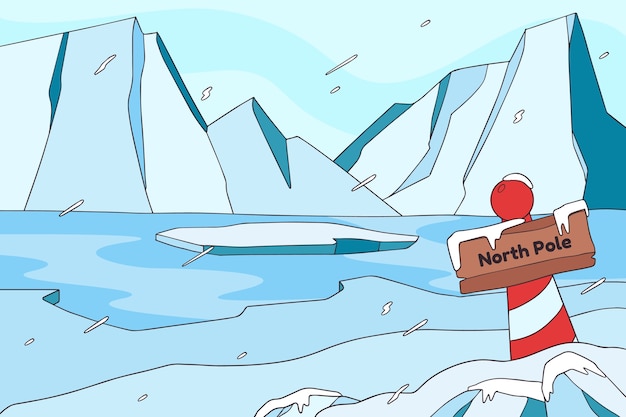Fascinating Facts About Antarctica

Antarctica is the coldest, driest, and windiest continent on Earth.
The continent is larger than Europe and almost double the size of Australia.
Antarctica is the only continent without a permanent human population.
It is home to the South Pole, which marks the southernmost point on Earth.
The Antarctic ice sheet is the largest single mass of ice on the planet, covering about 98% of the continent.
Some parts of Antarctica haven’t seen rain in over two million years.
Despite its extreme conditions, Antarctica is teeming with unique marine life, including seals, whales, penguins, and krill.
The ozone hole, which is a thinning of the ozone layer, is largest over Antarctica.
The average thickness of the Antarctic ice sheet is around 1.9 kilometers.
Antarctica is considered a desert because it receives very little precipitation each year.
The first person to set foot on Antarctica was the Norwegian explorer Roald Amundsen in 19
Average temperatures in Antarctica can drop below -80 degrees Celsius in the winter.
The Antarctic Treaty, signed in 1959, ensures that Antarctica is used only for peaceful and scientific purposes.
The Southern Ocean, which surrounds Antarctica, is the fourth-largest ocean in the world.
Antarctica has no timezone as it is mostly used for scientific research.
The continent experiences 24 hours of daylight during the summer and 24 hours of darkness during the winter.
Fascinating Facts About Antarctica part 2
Antarctica is home to many research stations operated by different countries for scientific purposes.
The largest icebergs in the world are found in Antarctica.
The lowest temperature ever recorded on Earth (-89.2 degrees Celsius) was in Antarctica.
The Weddell seal can hold its breath for up to 90 minutes while diving under the Antarctic ice.
Antarctica was once a part of the supercontinent Gondwana before it broke away millions of years ago.
Antarctica is often referred to as the White Continent due to its vast icy landscapes.
The ice in Antarctica contains about 70% of the world’s freshwater.
The Emperor penguin, the largest species of penguin, can be found in Antarctica.
Antarctica is a popular destination for adventure seekers who want to experience extreme conditions and untouched landscapes.
The continent is rich in mineral resources, including coal, iron ore, and copper, but mining is currently prohibited by the Antarctic Treaty.
Antarctica has no native human population, but scientists and support staff from different countries live and work there temporarily.
The first woman to set foot on Antarctica was Caroline Mikkelsen, a Norwegian explorer, in 19
The Dry Valleys in Antarctica are one of the driest places on Earth, with almost no snow or ice cover.
Antarctica holds evidence of ancient plant and animal fossils, indicating that it was once a more hospitable environment.
The ice shelves surrounding Antarctica act as a natural barrier, preventing the flow of glaciers into the ocean and controlling sea levels.
Despite its remoteness, Antarctica is governed by an international legal framework to protect its unique environment and wildlife.
The Amundsen-Scott South Pole Station is the primary research facility on Antarctica and has been continuously staffed since 1956.
There are no trees or shrubs in Antarctica, only mosses, lichens, and algae can survive in the extreme conditions.
Antarctica has no permanent rivers, but several lakes exist beneath the ice, such as Lake Vostok.
The Antarctic Treaty System prohibits military activities, mineral mining, and nuclear testing on the continent.
Antarctica is considered one of the cleanest places on Earth due to its limited human presence and strict environmental regulations.
The coldest recorded temperature for humans living in Antarctica was -89.6 degrees Celsius at the Russian station, Vostok.
Ice on Antarctica can be up to 4.7 kilometers thick in some places.
Antarctica played a critical role in determining global climate patterns and the study of ice cores helps scientists understand climate change.
The Southern Patagonian Toothfish, also known as Chilean sea bass, is one of the most sought-after fish found in the waters surrounding Antarctica.
The Transantarctic Mountain Range divides the continent into East and West Antarctica.
Antarctica has no permanent insects, but midges, mites, and springtails can be found during the brief summer season.
The first aircraft flight to reach the South Pole was piloted by Richard E. Byrd in 19
Antarctica is melting at an alarming rate due to global warming, and its ice loss contributes to rising sea levels.

